All photographs by Nell Farrell while living in San Felipe del Agua, Oaxaca, Mexico. See project statement.
Catequesis y pastorela
Catechism classes take place in the courtyard just outside the priest’s office, where students meet on Friday evenings, grouped by age. This afternoon there is a quiz for the eight-year-olds. The teacher, Blanca, acts tough with them but clearly enjoys and humors them. She invites me to the kids’ pastorela in two weeks, a traditional play that reenacts the Nativity.
On December 20th I’m back in the churchyard, this time with rows of parents on folding chairs, cell phone cameras poised, and a makeshift stable where animals perch, some hand-painted, some with stock photo watermarks across their fleece. The show finishes with Mary and Joseph in the stable with baby Jesus and then a procession carrying the small, plastic baby doll around the yard. Lastly, molletes (toasted buns with beans and cheese) and grape juice and candy gift bags for all. Then, back to catechism class.
Here, the children are drilled in the basic tenets of the religion and practice the rituals. It was good to observe class and see how the gestures and prayers that seem second nature to so many around me are taught and learned.
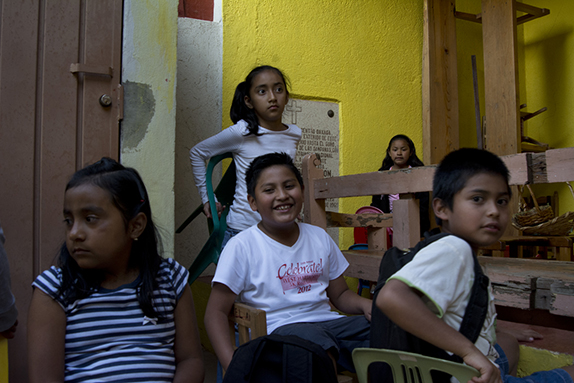
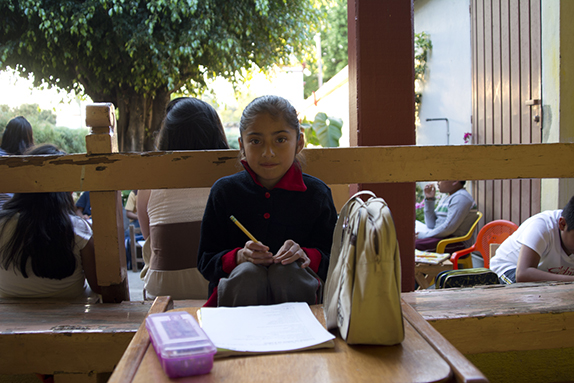
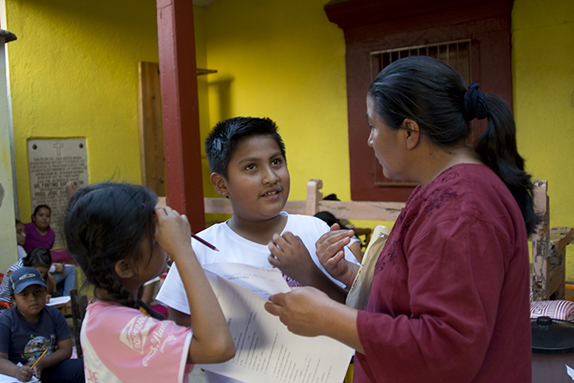
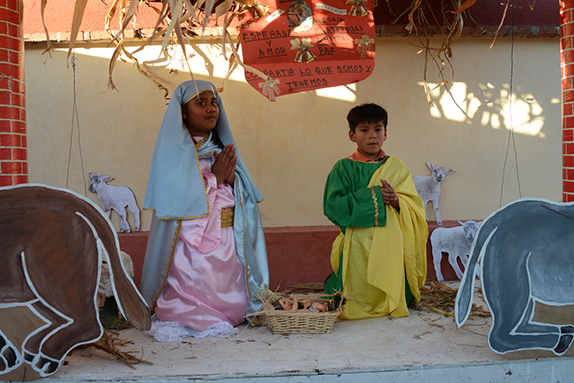
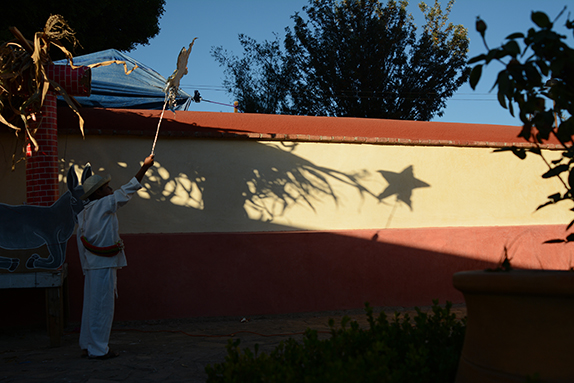
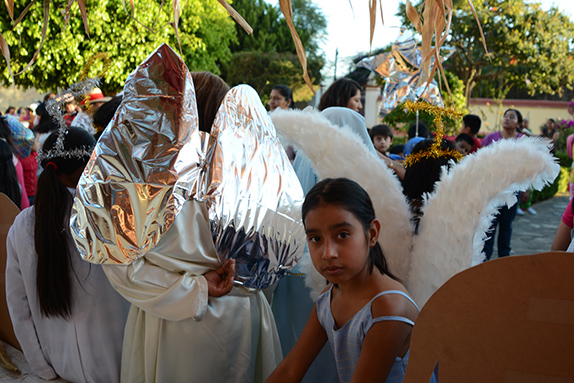
La quinta posada
On each of the nine nights preceding the birth of Christ, Mary and Joseph search for a place to stay. A child Mary and child Joseph, in satin costume over sneakers and sweats, are tired by this fifth night. The faithful process with them through the barrio; their star- or flower-shaped lanterns of bamboo and colored plastic glow aloft. Arriving at the church, they beg in song outside closed doors, each night to finally be permitted entrance to the inn, or posada.
Each night they are accompanied by the San Felipe choir, including two guitarists, clothes pure white but for a purple scarf. A woman, seemingly fragile with age, reads a history of the posada and leads prayers throughout. The scruffy guys who light the cohetes keep their distance up ahead, indicating our path and splitting our ears. And crawling before them, the local police truck flashes its red lights; oncoming traffic goes still and dark immediately for our small, slow group.
Every posada finishes at the church, but the starting point changes, with different barrios around San Felipe hosting. Sometimes there is more singing, sometimes more praying. In this one the kids blow whistles throughout, in another they don’t. A placard always leads, marker on cardboard and wood. Tonight’s intention is to defeat evil so that good may arise, defeat that which is false so that truth may emerge:
Quinta Posada: Aplastemos el mal para que surja el bien. Aplastemos la mentira para que surja la verdad.
By the time we arrive at the churchyard, the procession has swelled, and dozens more celebrants await us. Two large statues on litters lead the congregation in three ceremonial circles around the courtyard; the incantation no longer so solemn, happy now, exuberant. It is less intimate, but more ritualistic. Moving. The tall, heavy church doors shut—a few have slipped inside—and while the kids play with sparklers, the choir sings back and forth: please let us in, no we won’t, and again, and again. But they do. Everyone enters for the rosary.
Tonight’s posada originated in the barrio Las Salinas; neighbors set up tables of food and drink in front of the church. Meanwhile, the three gates that give access to the church are padlocked. When I try to leave, no one knows who has the key; when they find her, she has to test all the keys on a large ring before I can get out. This is for security, I am told, and to delineate those who took place in the posada from those who did not. When the observant emerge from the church, the tostadas and tortas, ponche and soda will be offered, and in the far corner, kids will light firecrackers and break the big silver star of a piñata.
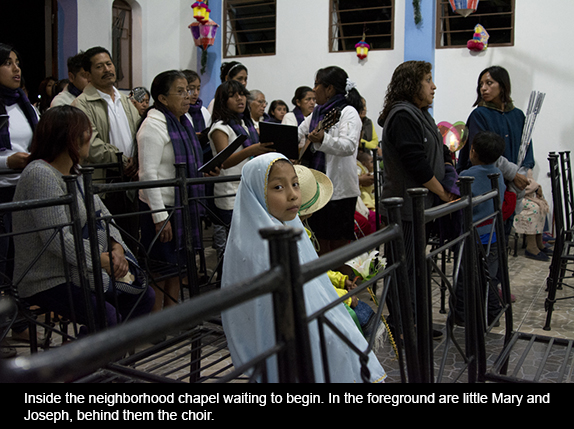
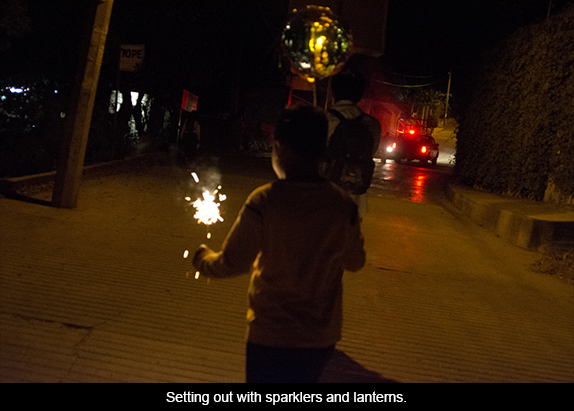
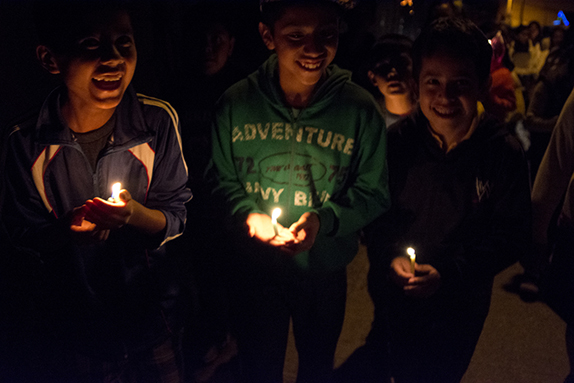
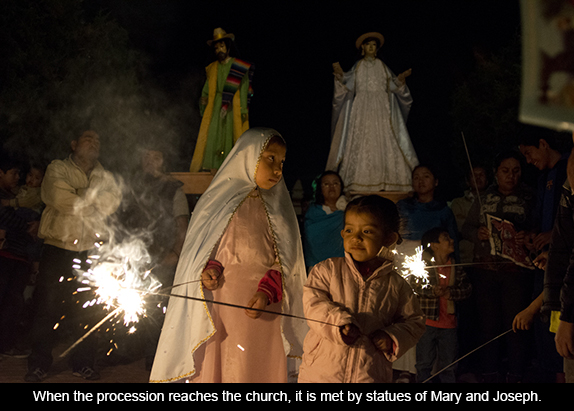
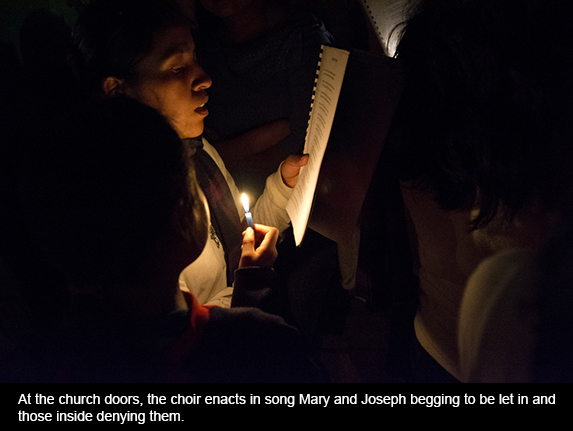

Project Statement: The del agua in “San Felipe del Agua” refers to the fact that a portion of the water from which the colonial Mexican city of Oaxaca lives, flows down from the gem green hills behind what was once a town but now exists as the edge of the larger city: lambs, donkeys, tropical flowers, and a half-hour bus ride to the center of a cosmopolitan metropolis. Those born in San Felipe have a separate set of rights and responsibilities to the community than those who move here. Those who move here tend to bring wealth, and often live behind high walls and drive dark-tinted SUVs.
My family and I lived in Mexico for one year and chose San Felipe because we found a wonderful school there for our children. Having grown up in New Mexico I have always been attracted to Catholic imagery and Guadalupe, growing up atheist I have always been fascinated by faith. And so, in Mexico, I photographed our neighborhood parish.
The photo essays resulting from this study will be published in the New Mexico Mercury from October 2014 through June 2015, roughly once a month on the date corresponding to the event photographed one year previous.


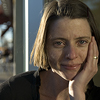

Responses to “Navidad”